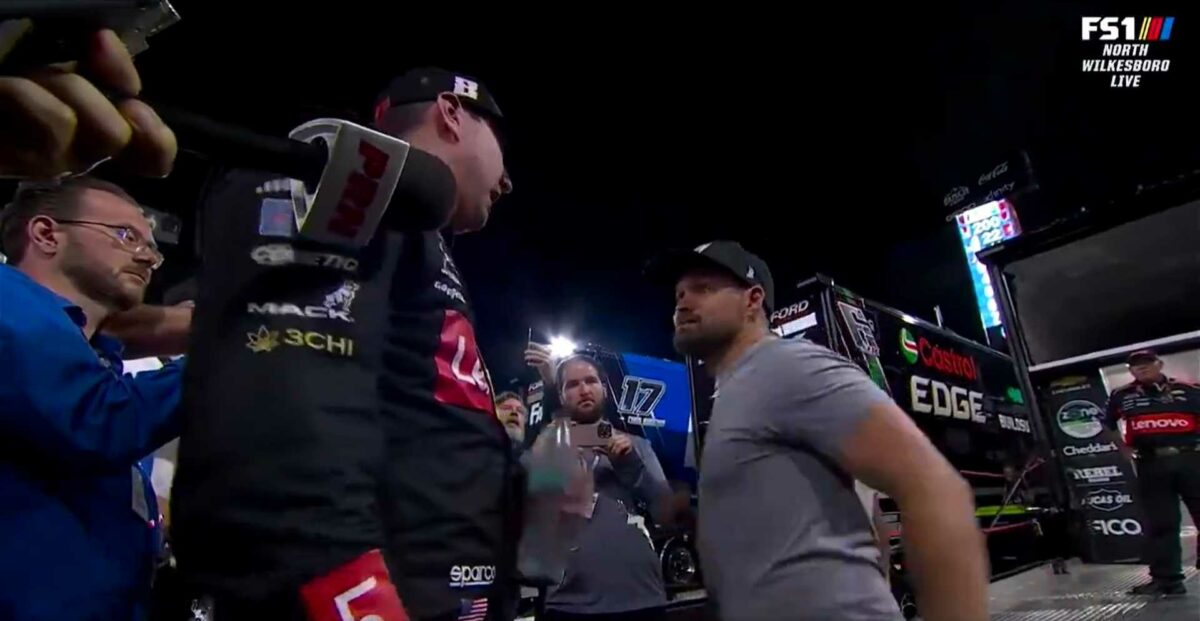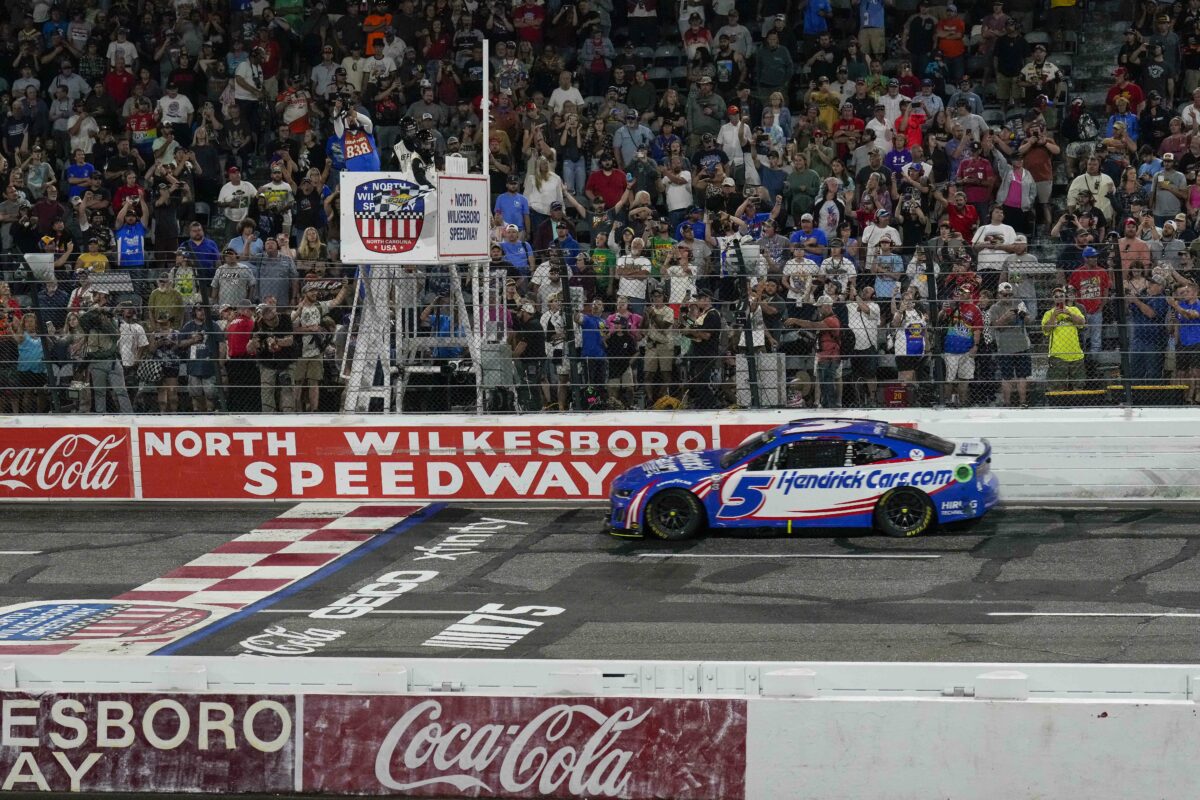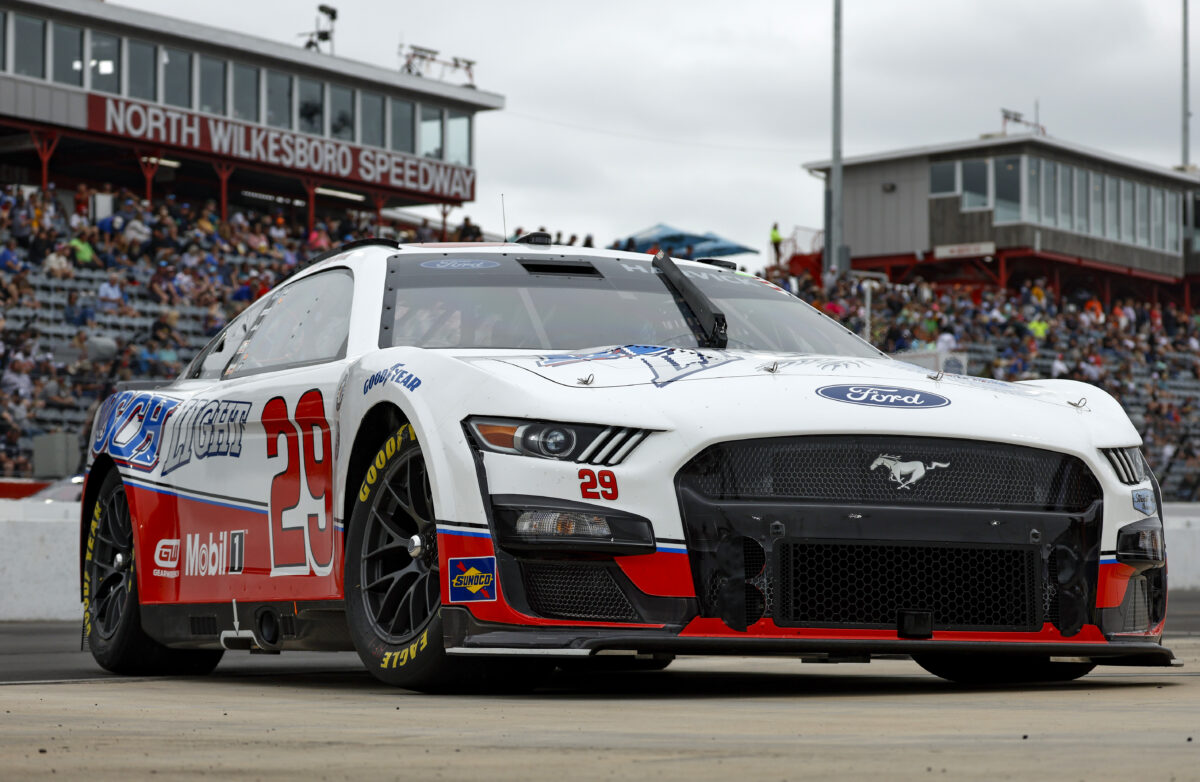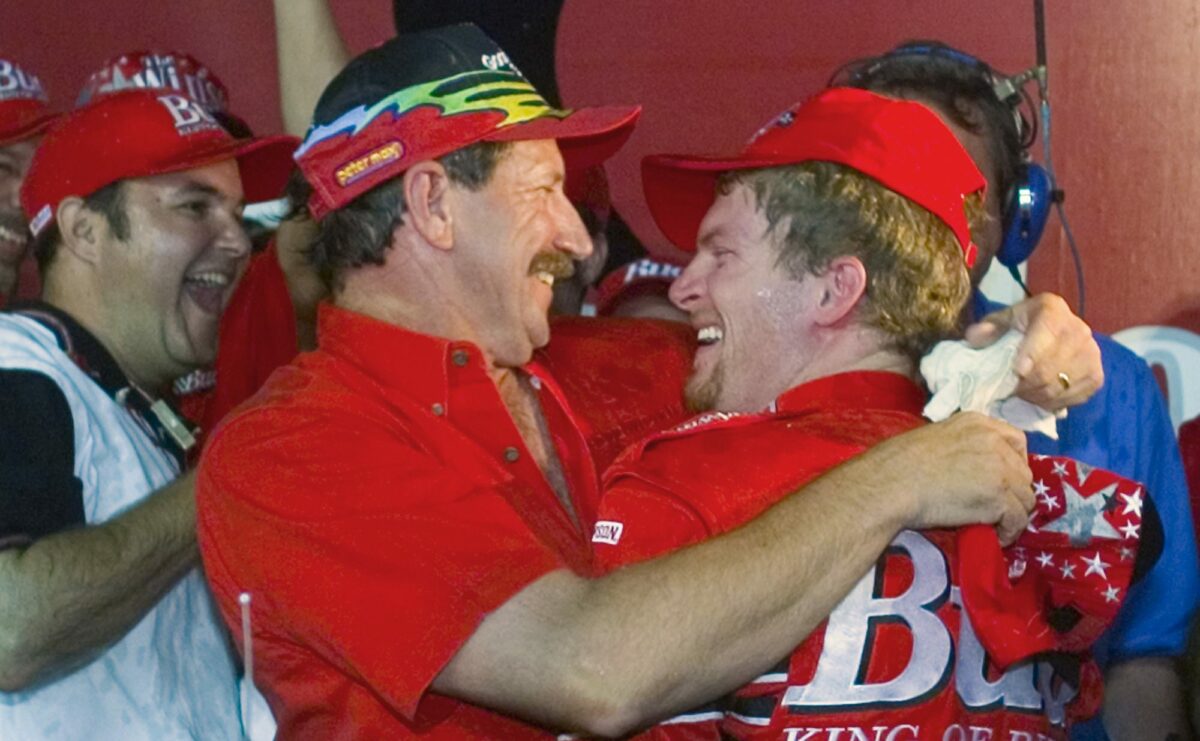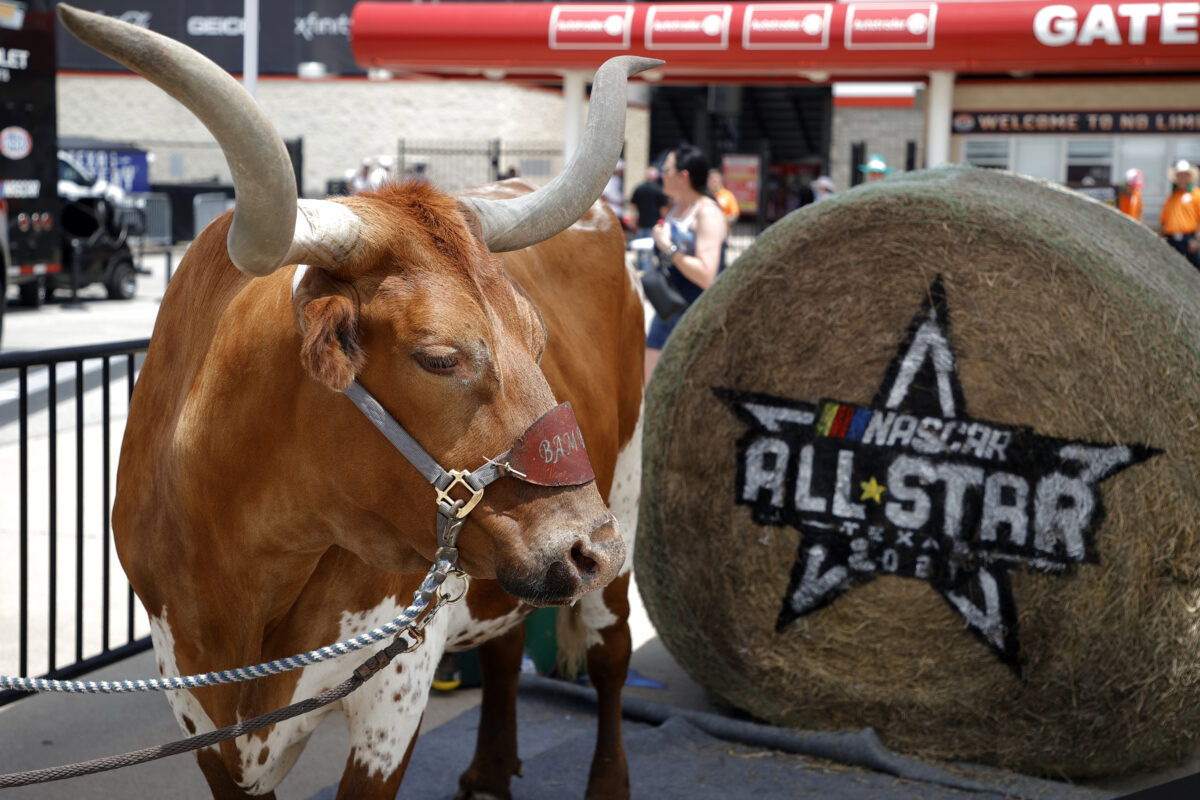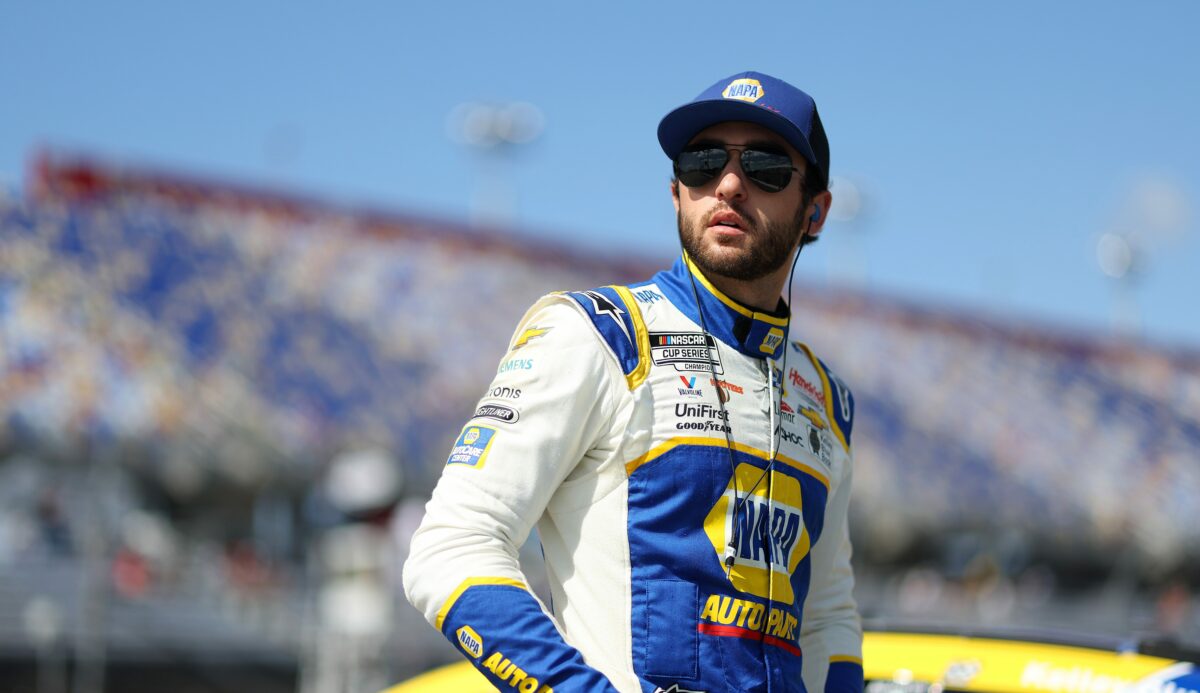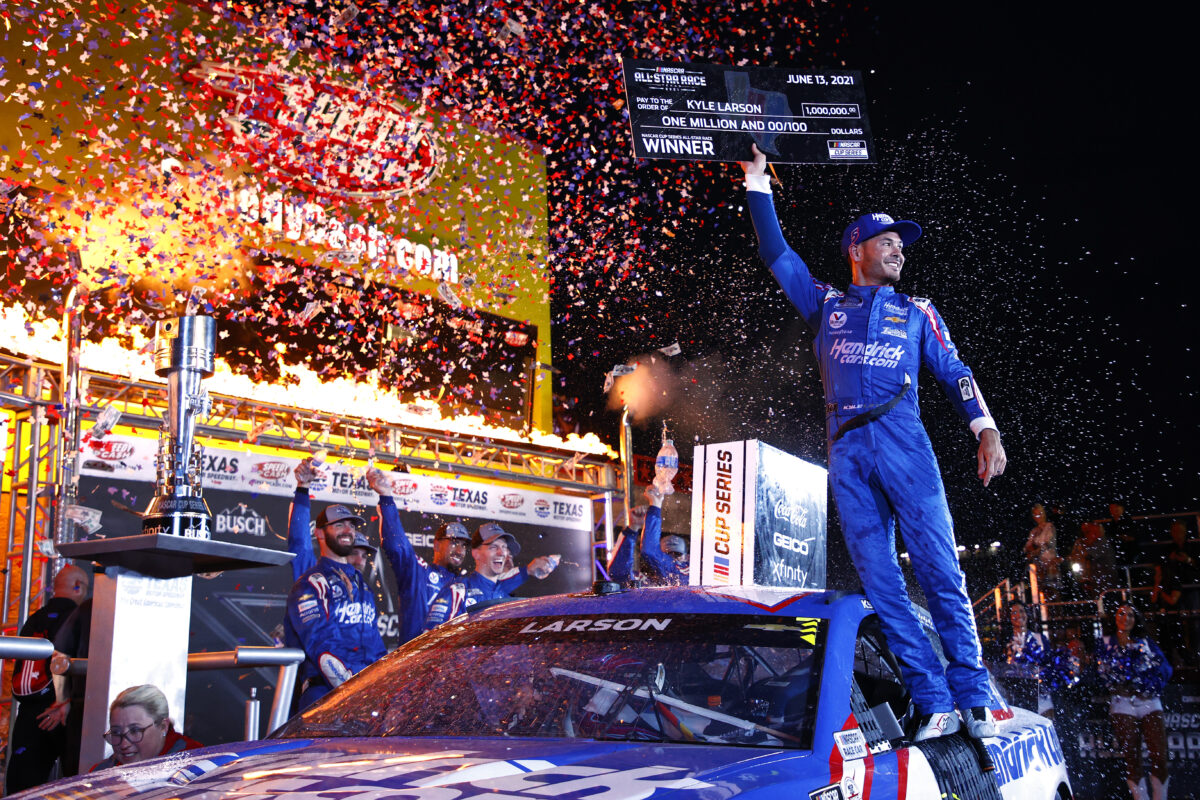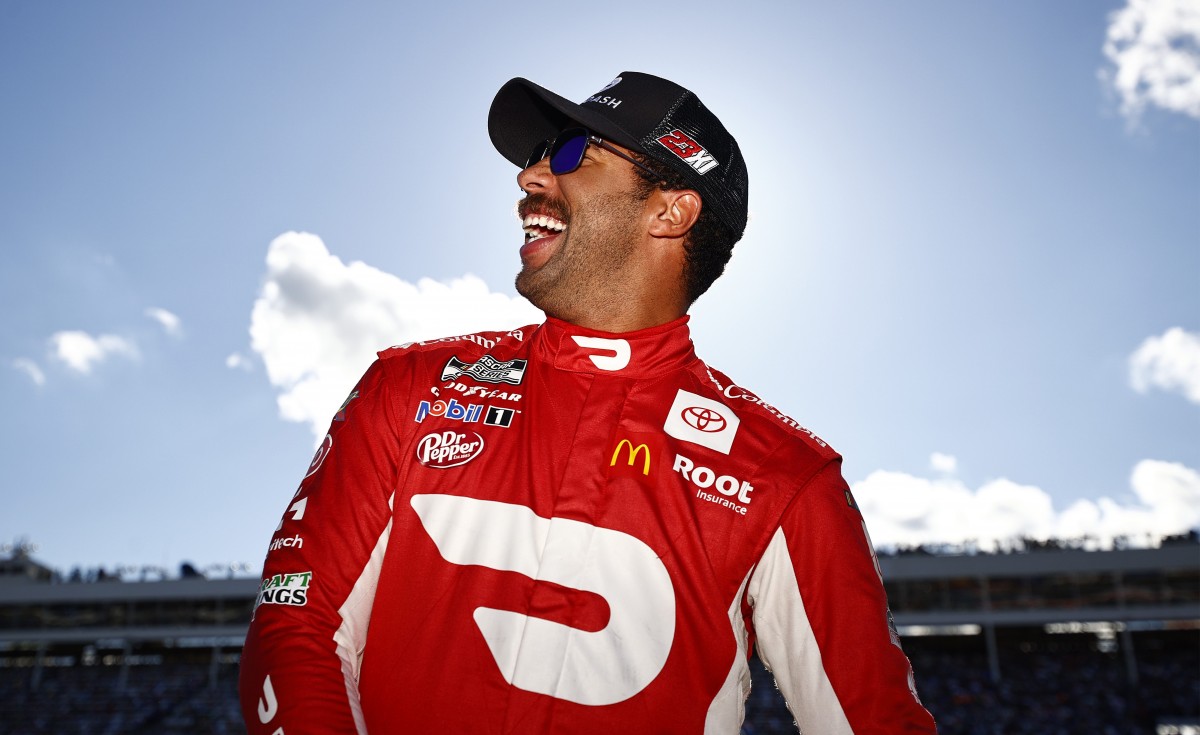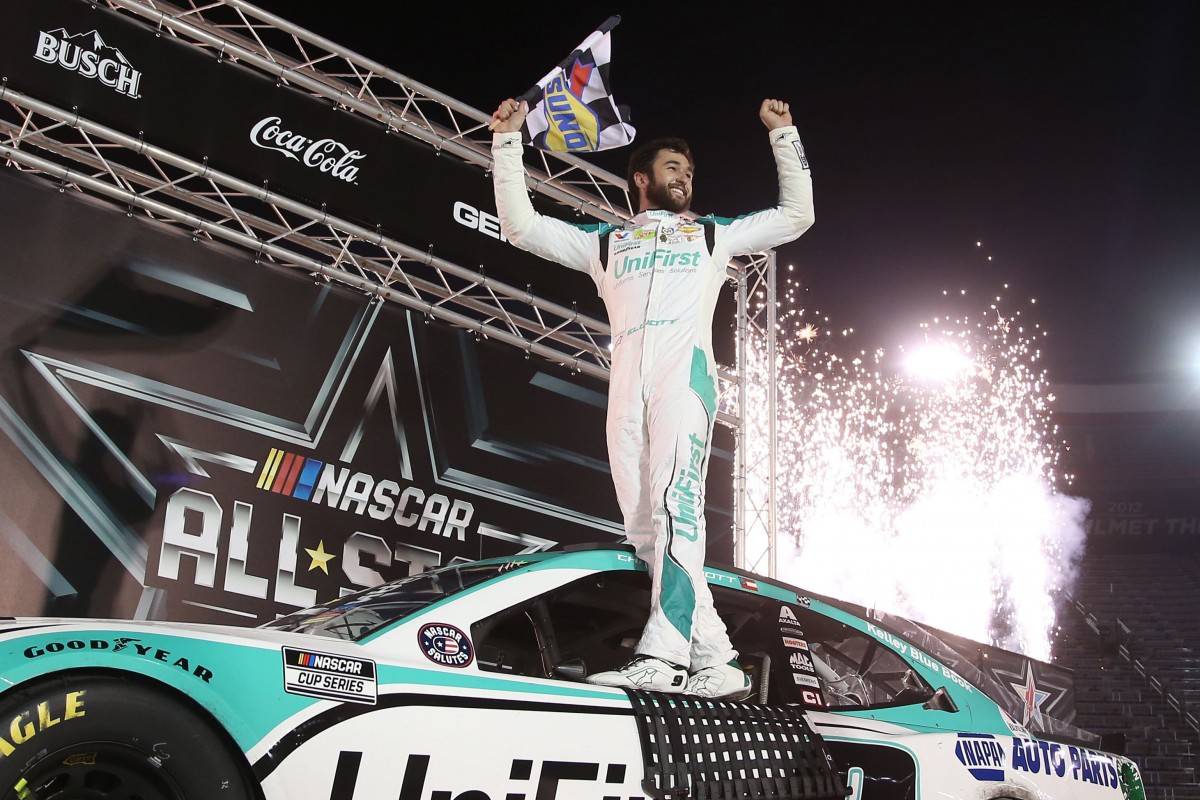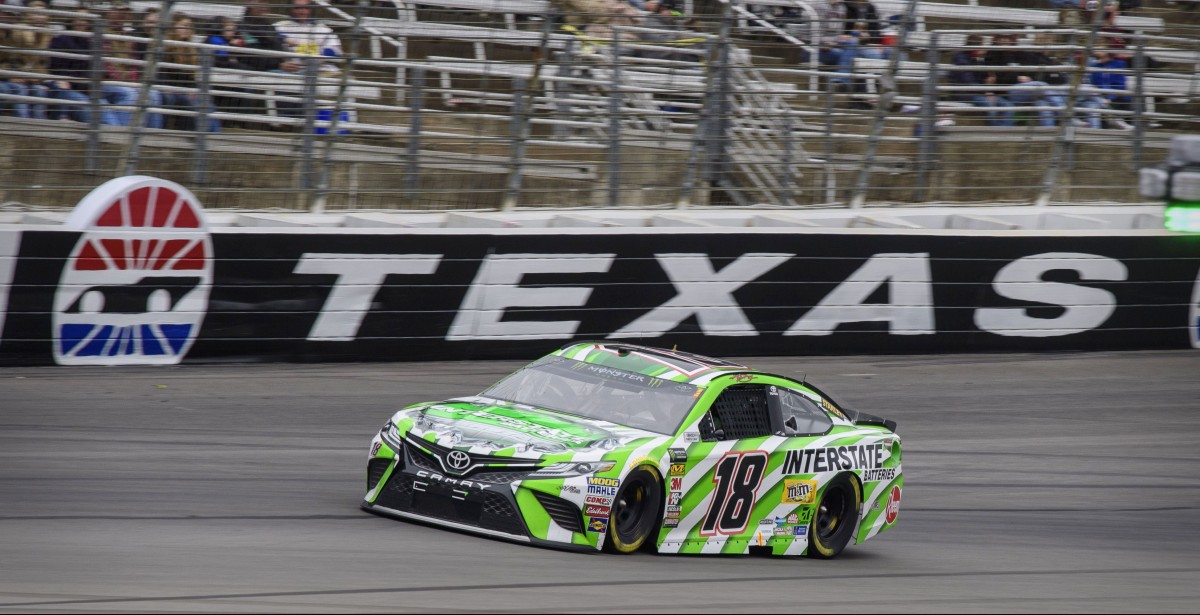The NASCAR All-Star Race, a mid-season exhibition event, is getting a bit of a makeover this year, and after the governing body announced the new format Wednesday, many fans are extremely confused. And understandably so.
After moving the All-Star Race from Charlotte Motor Speedway to Bristol Motor Speedway last season for COVID-19-related reasons, the race will be held for the first time at Texas Motor Speedway this season on June 13.
NASCAR shared the format for the 100-lap exhibition race on the 1.5-mile track, and there are several changes — though the race winner will continue to receive a $1 million check at the end, but still no points toward the driver standings.
The basics of those changes include the race being broken down into six stages, or rounds, with the field being inverted before the start of multiple some of them. The first four rounds are 15 laps each, the fifth round is 30 laps and the final round is a 10-lap shootout for the checkered flag, and only green-flag laps will count toward the total.
Here’s NASCAR’s complete explanation of the format:
- The race will feature six rounds, totaling 100 laps.
- Starting lineup for Round 1 will be determined via random draw.
- Rounds 1 through 4 will be 15 laps each; Round 5 will be 30 laps; the Final Round will feature a 10-lap shootout.
- At the beginning of Round 2, the field will be inverted via random draw (minimum of eight/maximum of 12) live on FS1.
- The round 2 random draw will also be seen live by fans attending the race on Big Hoss TV.
- Before the start of Round 3, the entire field will be inverted.
- At the beginning of Round 4, the field will be inverted via random draw (minimum of eight/maximum of 12).
- Starting positions for Round 5 will consist of the cumulative finish from Rounds 1-4. The lowest cumulative finisher starts on the pole, second-lowest starts second, and so forth. All cars must enter pit road for a mandatory four-tire pit stop during Round 5.
- The starting positions in the Final Round are set by finishing positions of Round 5.
- Only green flag laps will count in the NASCAR All-Star race.
- The fastest team on pit road during the mandatory pit stop will earn $100,000.
- The race winner will be awarded $1,000,000.
Maybe this will produce incredible racing, and fans will love it. But on the surface right now, this format is pretty absurd and unnecessarily complicated. It feels even too gimmicky for the All-Star Race.
If it still doesn’t make a ton of sense, here’s Texas Motor Speedway president Eddie Gossage explaining it to FOX Sports:
For the All-Star Race, not every driver in the field is eligible. But luckily, the ways drivers can qualify have remained the same: Points race winners in 2020 or 2021, previous All-Star Race winners currently competing full time and previous Cup Series champions currently competing full time.
There are currently 17 eligible drivers: Christopher Bell, Ryan Blaney, Alex Bowman, Kurt Busch, Kyle Busch, William Byron, Cole Custer, Austin Dillon, Chase Elliott, Denny Hamlin, Kevin Harvick, Brad Keselowski, Kyle Larson, Joey Logano, Michael McDowell, Ryan Newman and Martin Truex Jr.
More could be added to this list depending on the winners of the next six races leading up to the All-Star break.
Drivers will also still be able to qualify for the All-Star Race via the All-Star Open, which will happen just before the main event. The Open is divided into three stages (20 laps, 20 laps, 10 laps), and the winner of each stage will transfer into the All-Star Race, as will the winner of the fan vote.
However, fans still have an awful lot of jokes and questions about the general format of the actual All-Star Race, and, with so many moving pieces, the biggest one seems to be: Why?
New episodes of The Sneak: The Disappearance of Mario Rossi are out now
[vertical-gallery id=1025426]
[lawrence-auto-related count=3 tag=421393221]
